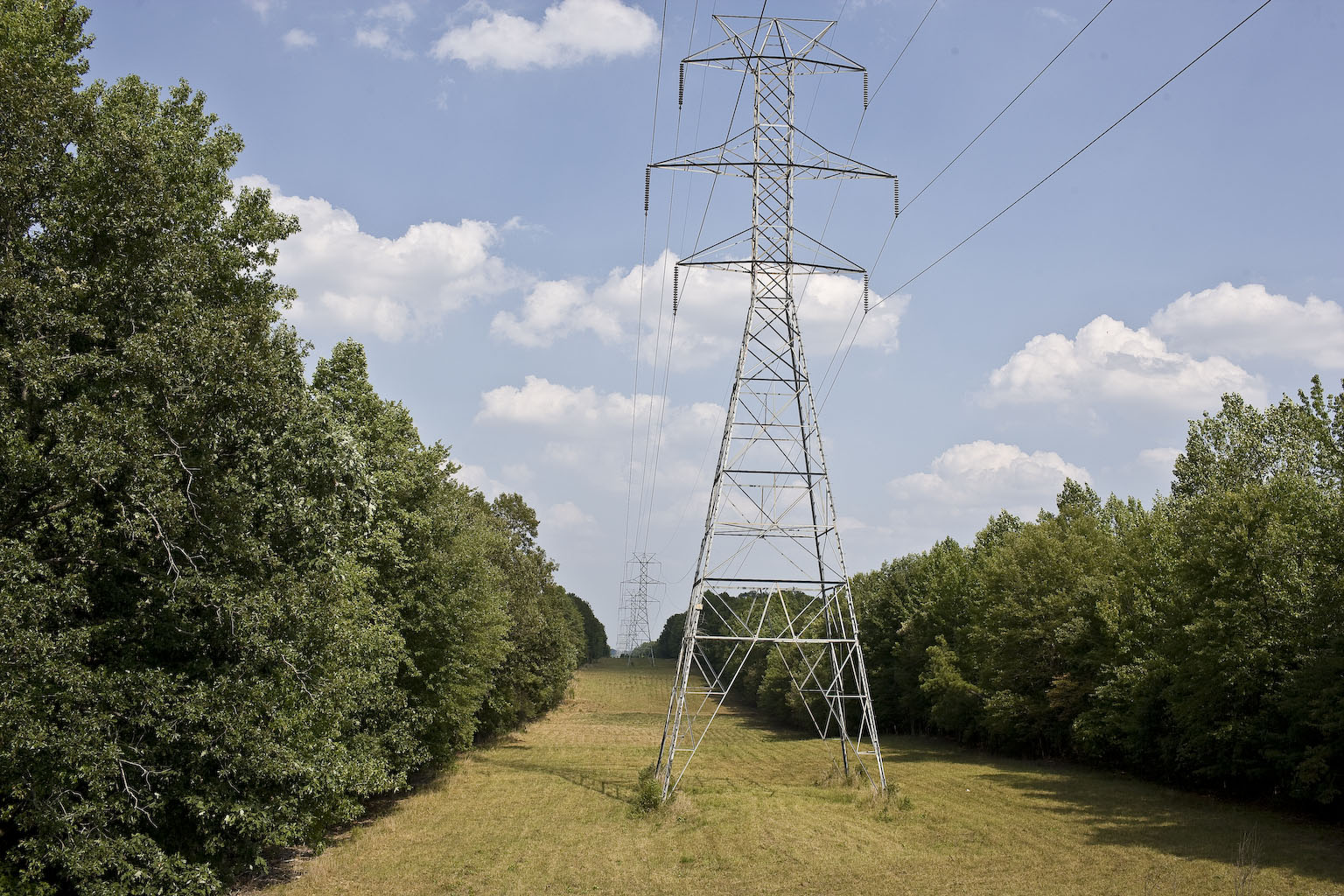Maintaining electrical transmission reliability is a primary objective of utility companies and vegetation management professionals across the country. While utility companies can use several vegetation management strategies to effectively control incompatible trees and problematic brush species that pose a threat to interfere with utility infrastructure, few are cost effective or environmentally beneficial.
For instance, mechanical mowing practices may provide immediate results for brush control programs, but these practices are nonselective. When used exclusively, mowing and hand-cutting can actually cause a variety of issues for vegetation managers and ecosystems surrounding utility ROW corridors. These issues include:
- Recurring maintenance requirements due to higher incompatible stem counts
- Increased demand for funding and resources due to additional maintenance requirements
- Impeded development of desirable plant communities and biodiverse wildlife habitat due to off-target control
Considering the potential for mechanical practices to negatively impact annual resource management and the development of beneficial plant communities that support native wildlife and electrical transmission reliability, industry practitioners are encouraged to consider the benefits of adapting IVM principles as part of their right-of-way (ROW) management programs.
ENVIRONMENTAL BENEFITS OF IVM
Successful IVM programs are supported by a system of land management processes structured to support the establishment of plant communities that are compatible with utility ROW and overhead transmission lines. Whereas mowing and hand-cutting can stimulate regrowth, prompt seed spreading and control a variety of beneficial off-target plants, selective herbicide applications can be used as part of an IVM-based approach to complement mowing results and provide the following benefits:
- Prevent problematic plant species from reestablishing
- Reduce the spread of viable seed to help lower incompatible stem counts
- Limit off-target control to support the development of biodiverse wildlife habitat
Unlike nonselective control methods, selective herbicide applications and grass-friendly brush mixes can help create barriers against woody brush by leaving off-target vegetation unharmed. As a result, the development of grasses and small forbs enhance electrical transmission reliability and provide habitat for small mammals, who then offer biological control by consuming woody plant seeds.

Selective herbicide applications and grass-friendly brush mixes can help create barriers against woody brush by leaving off-target vegetation unharmed.
Grasses and small forbs also provide protection from woody plant seed germination. In fact, findings from the State Game Lands 33 research project, which has studied the environmental impact of various vegetation management strategies on utility ROW for nearly 70 years, show that the selective use of herbicides can successfully lower viable woody plant seed germination by as much as 88%. Consequently, vegetation managers are able to successfully reduce incompatible stem counts, support electrical transmission reliability and enhance environmental sustainability.
ECONOMIC BENEFITS OF IVM FOR BRUSH CONTROL
In addition to supporting the development of wildlife habitat and reducing the risk of lapses in electrical service caused by trees and other incompatible woody plant species, vegetation managers can improve resource management and the efficacy of their brush control programs by using selective herbicide applications as part of an IVM-based strategy. Through IVM, practitioners can provide significant advantages to their respective programs, including:
- Lower recurring maintenance requirements and associated costs
- Resource flexibility for at-risk sites or alternative programs
- Less time spent on ROW management
- Reduced manpower needs
As an added benefits incompatible stem count reductions provide potential cost savings that allow utilities to abbreviate treatment cycles by an entire year. Depending on the cycle or condition of a utility’s ROW, payback periods following initial investments for herbicide-based applications can be realized in as few as one or two cycles.
CHOOSING THE RIGHT PRODUCTS
For years, a grass-friendly selective brush mix featuring Vastlan® herbicide and Milestone® herbicide from Corteva Agriscience represented the foundational mix for selective brush control throughout utility ROW. More recently, the registration of TerraVue® herbicide has added enhanced control of certain woody species, making a selective brush mix containing TerraVue and Vastlan the preeminent mix for selective brush management.
It's true that less-effective herbicides can be used to treat incompatible vegetation at a lower cost per acre. However, such options require shorter treatment cycles that can lead to more frequent maintenance requirements, which inhibits a utility’s ability to achieve optimal results or cost savings. Moreover, manufacturers of cheaper products rarely provide technical or claims support to their customers, which are valuable resources for professionals throughout the industry.
At the end of the day, every brush control program is different. While IVM strategies featuring selective herbicide applications provide the most benefits throughout utility ROW and surrounding environments, different products or tank-mixes are recommended for the effective control of various incompatible plant species. For product recommendations to help optimize brush control on the land you manage, contact a Vegetation Management Specialist near you.
™ ® Trademarks of Corteva Agriscience and its affiliated companies. Rinskor® is a registered active ingredient. Under normal field conditions, TerraVue® is nonvolatile. Milestone® and TerraVue have no grazing or haying restrictions for any class of livestock, including lactating dairy cows, horses (including lactating mares) and meat animals prior to slaughter. Label precautions apply to forage treated with Milestone or TerraVue and to manure and urine from animals that have consumed treated forage. Milestone, TerraVue and Vastlan are not registered for sale or use in all states. Contact your state pesticide regulatory agency to determine if a product is registered for sale or use in your state. Consult the label before purchase or use for full details. Always read and follow label directions. © 2022 Corteva.

 Selective herbicide applications and grass-friendly brush mixes can help create barriers against woody brush by leaving off-target vegetation unharmed.
Selective herbicide applications and grass-friendly brush mixes can help create barriers against woody brush by leaving off-target vegetation unharmed.